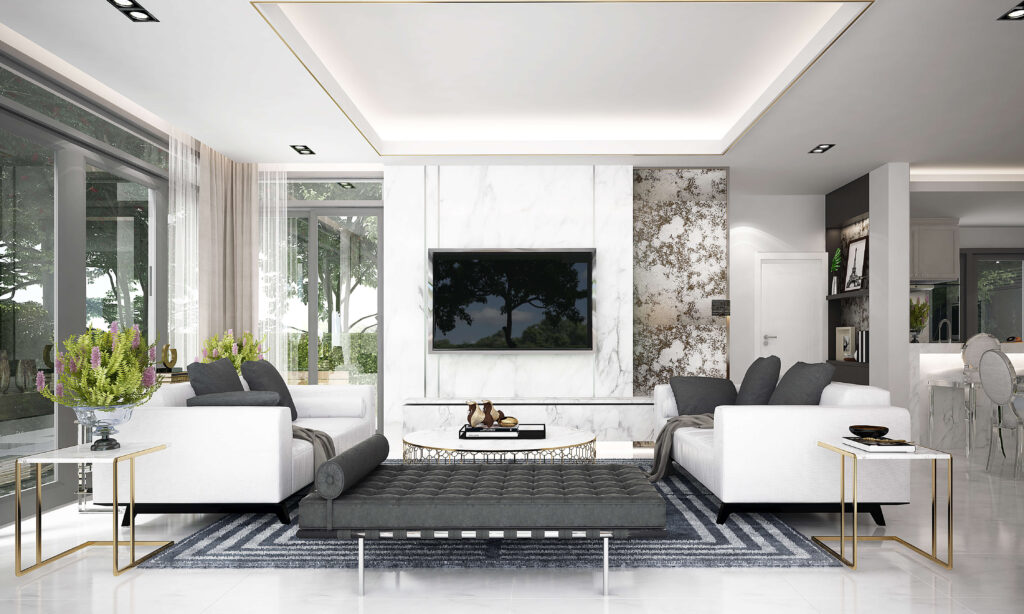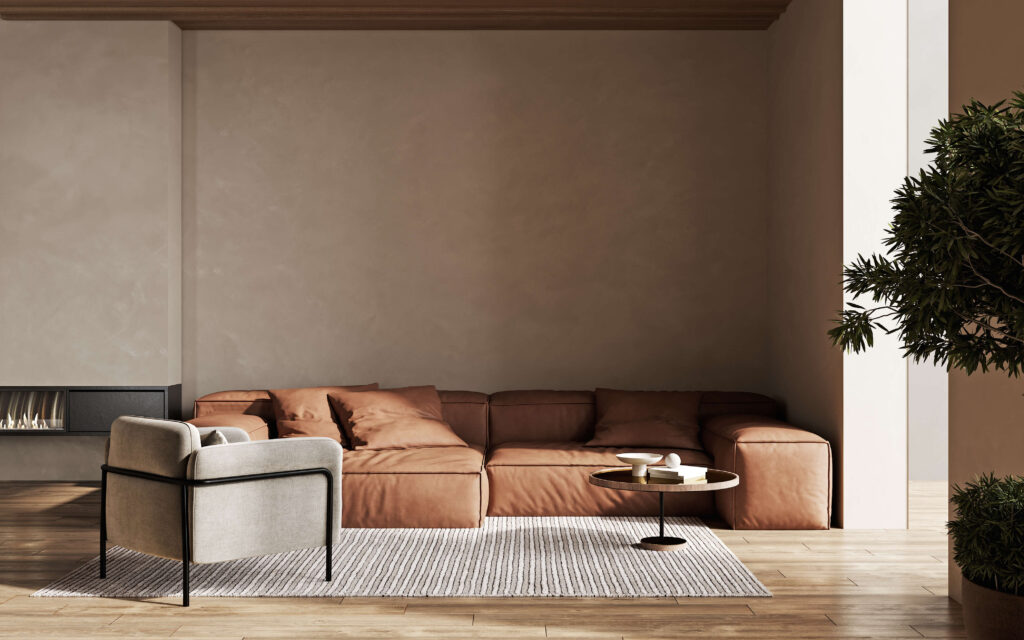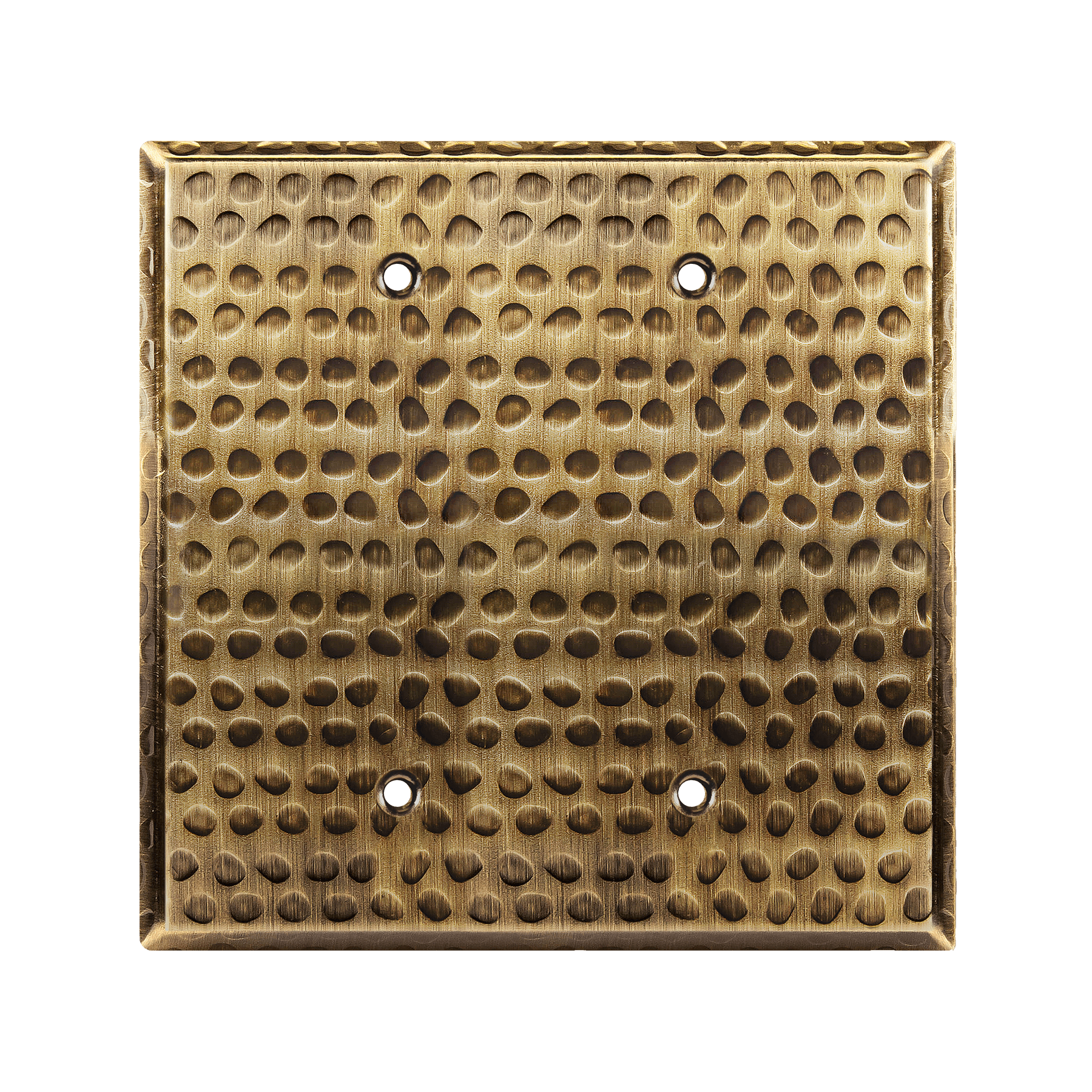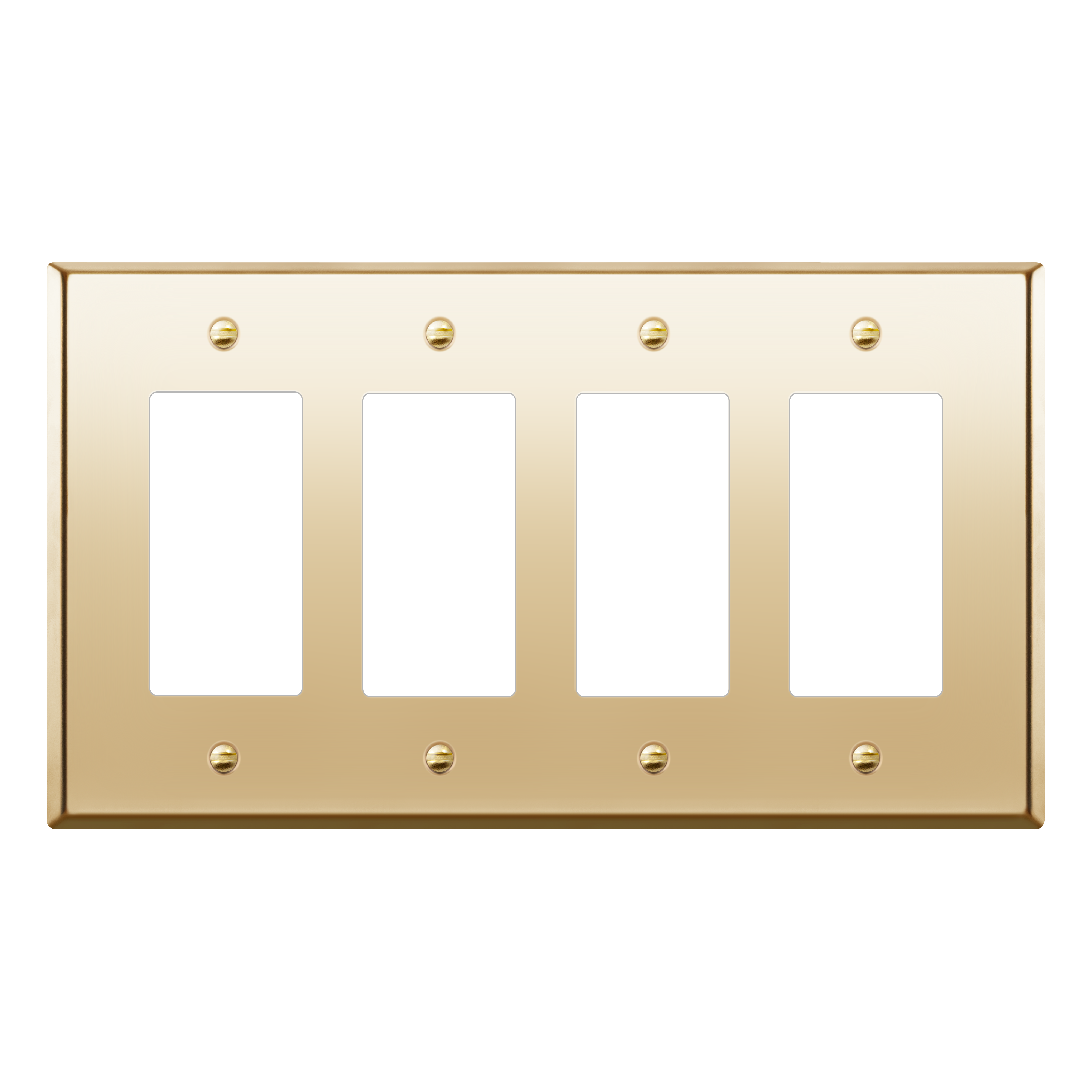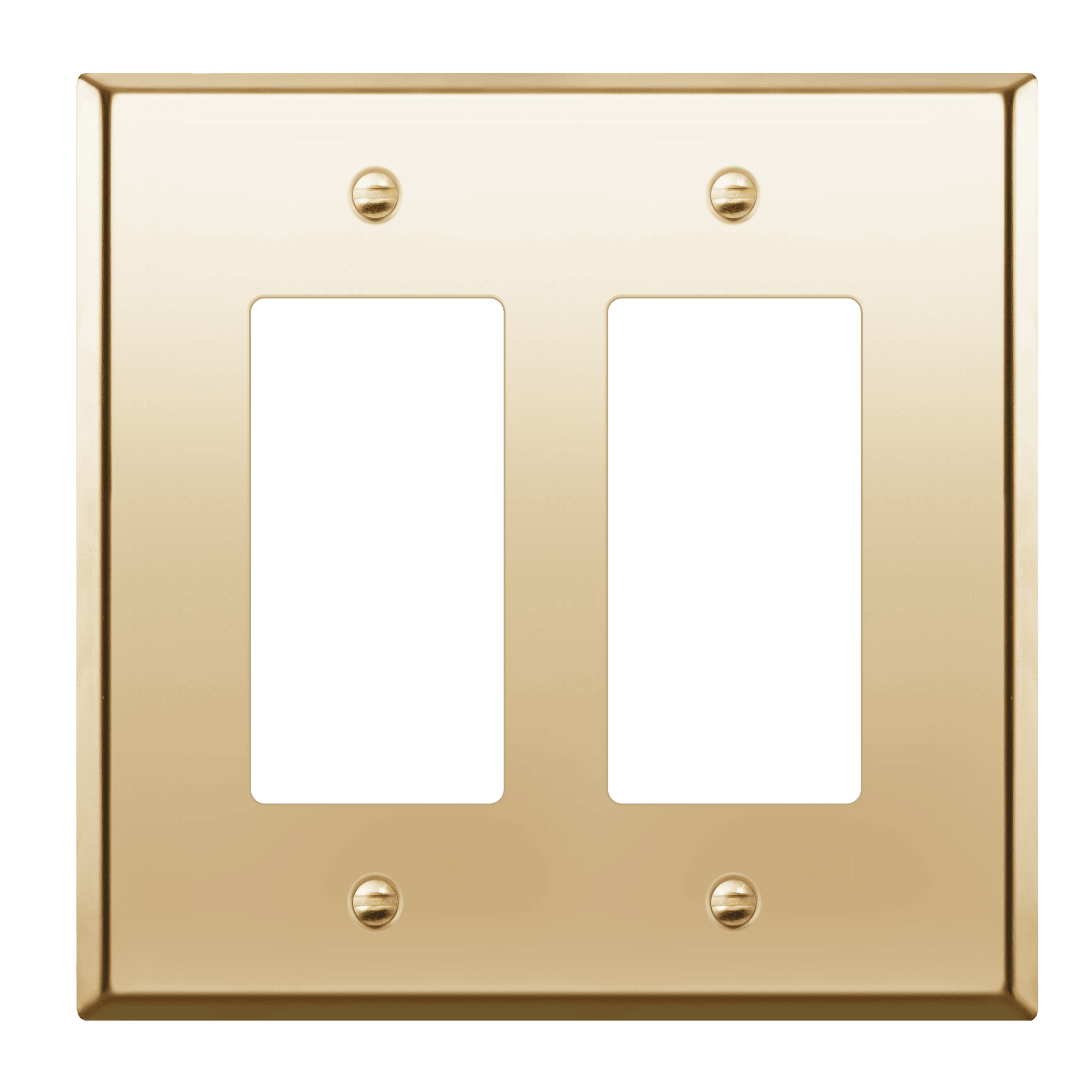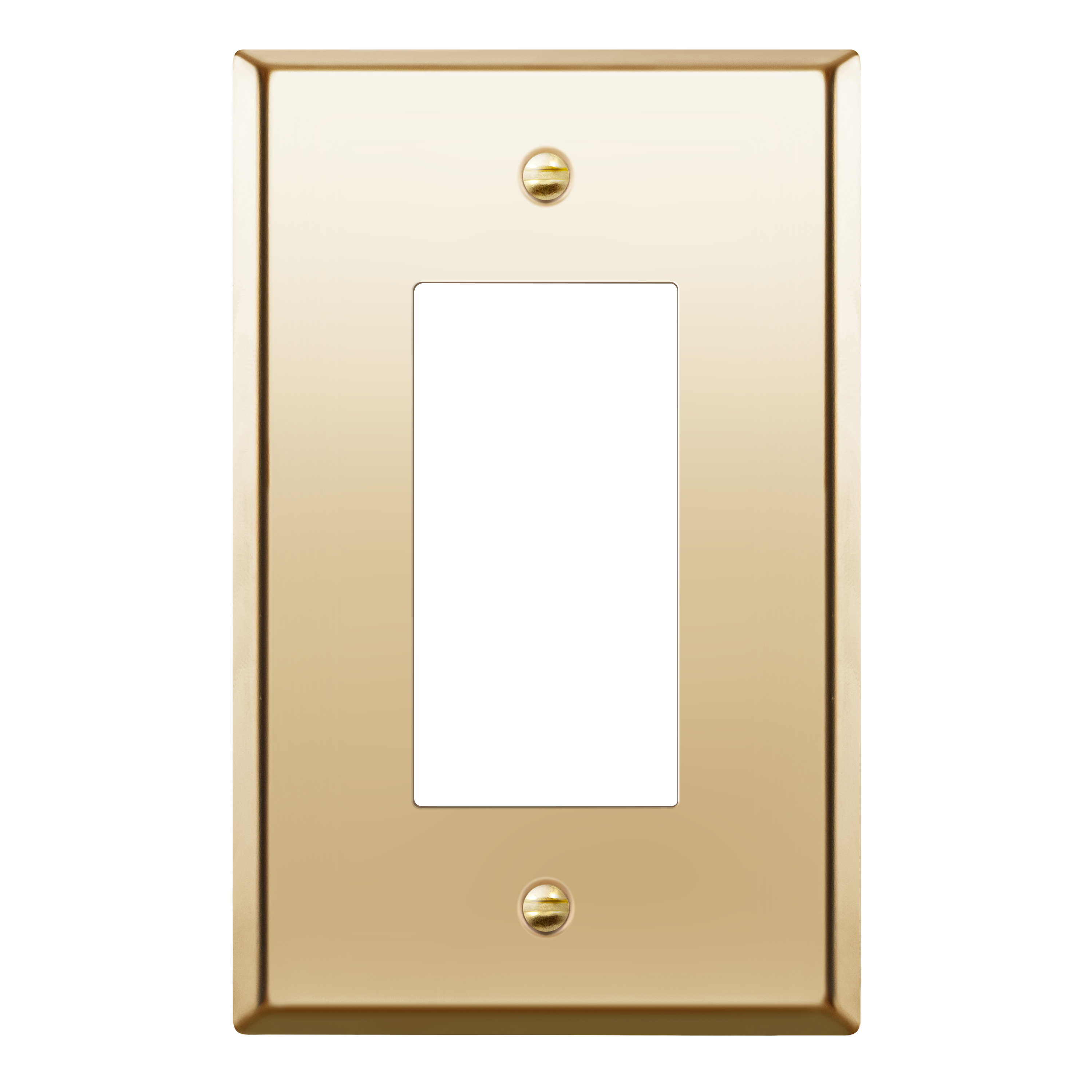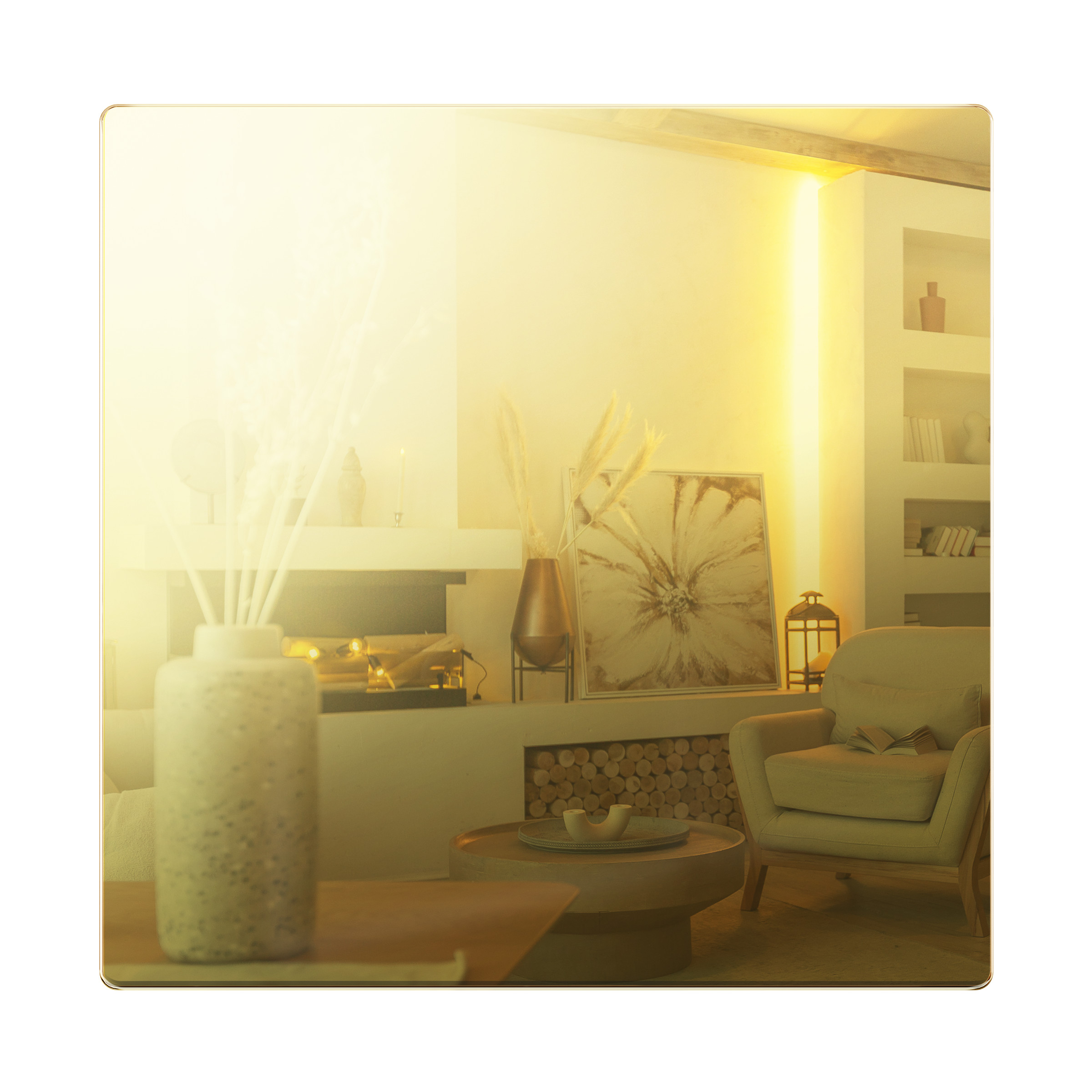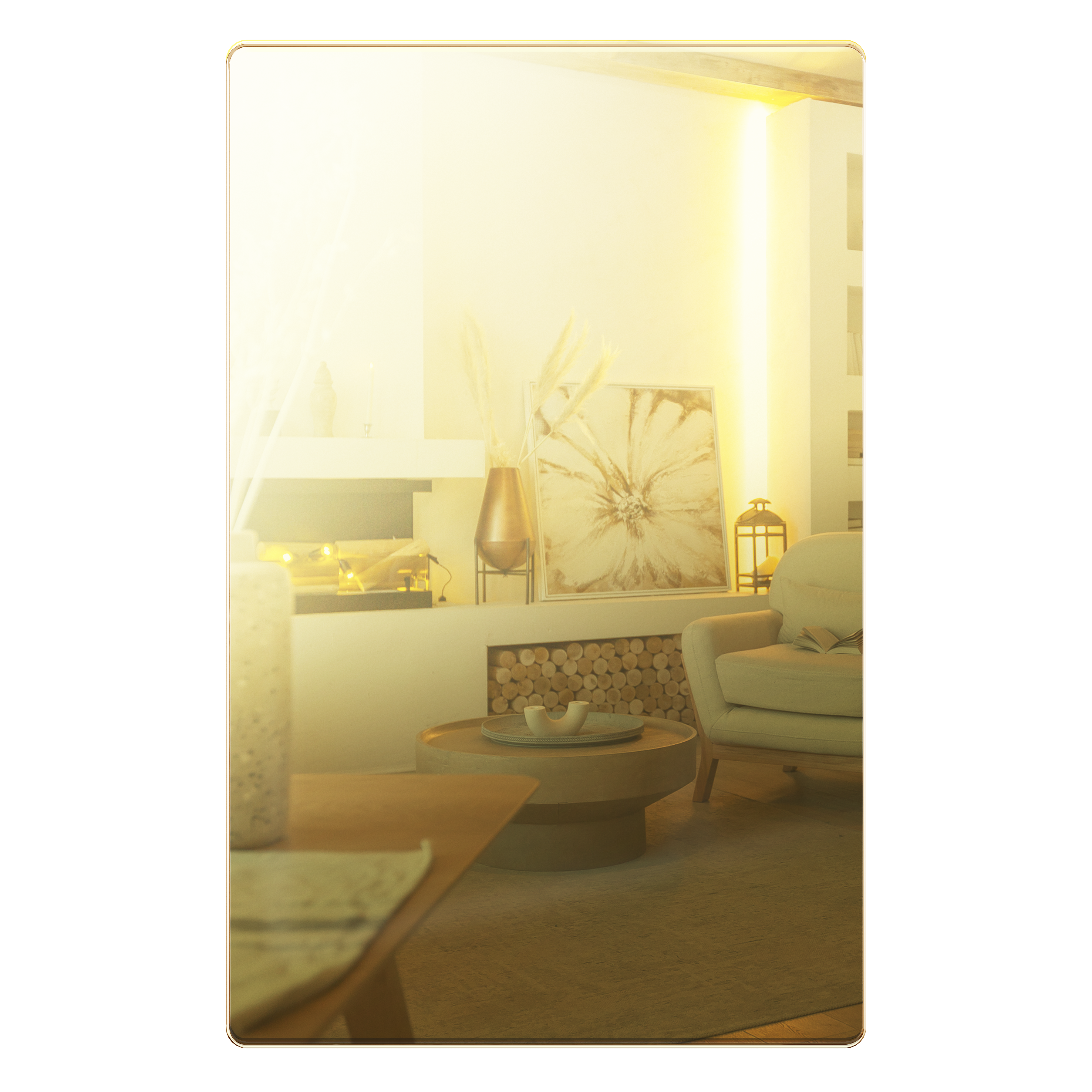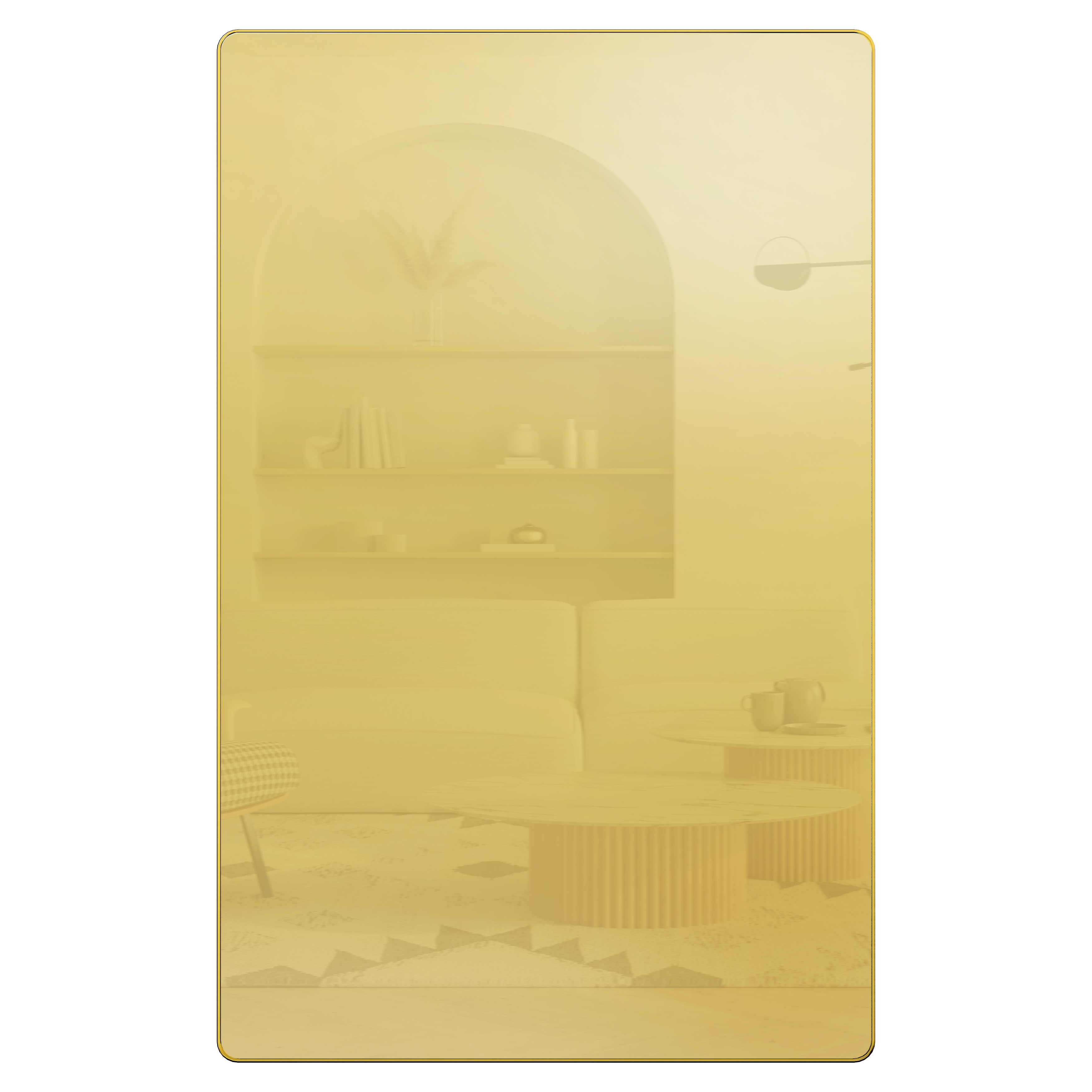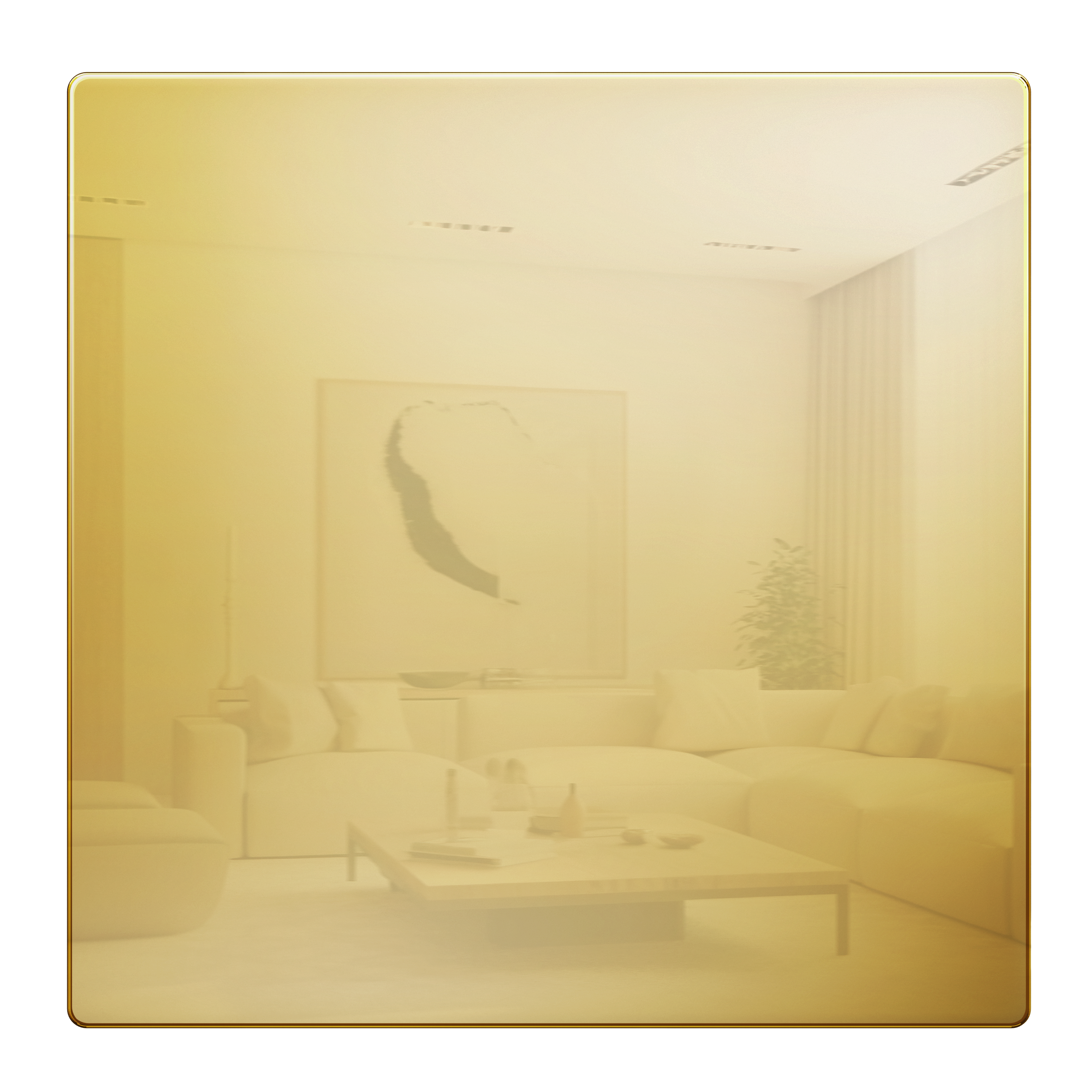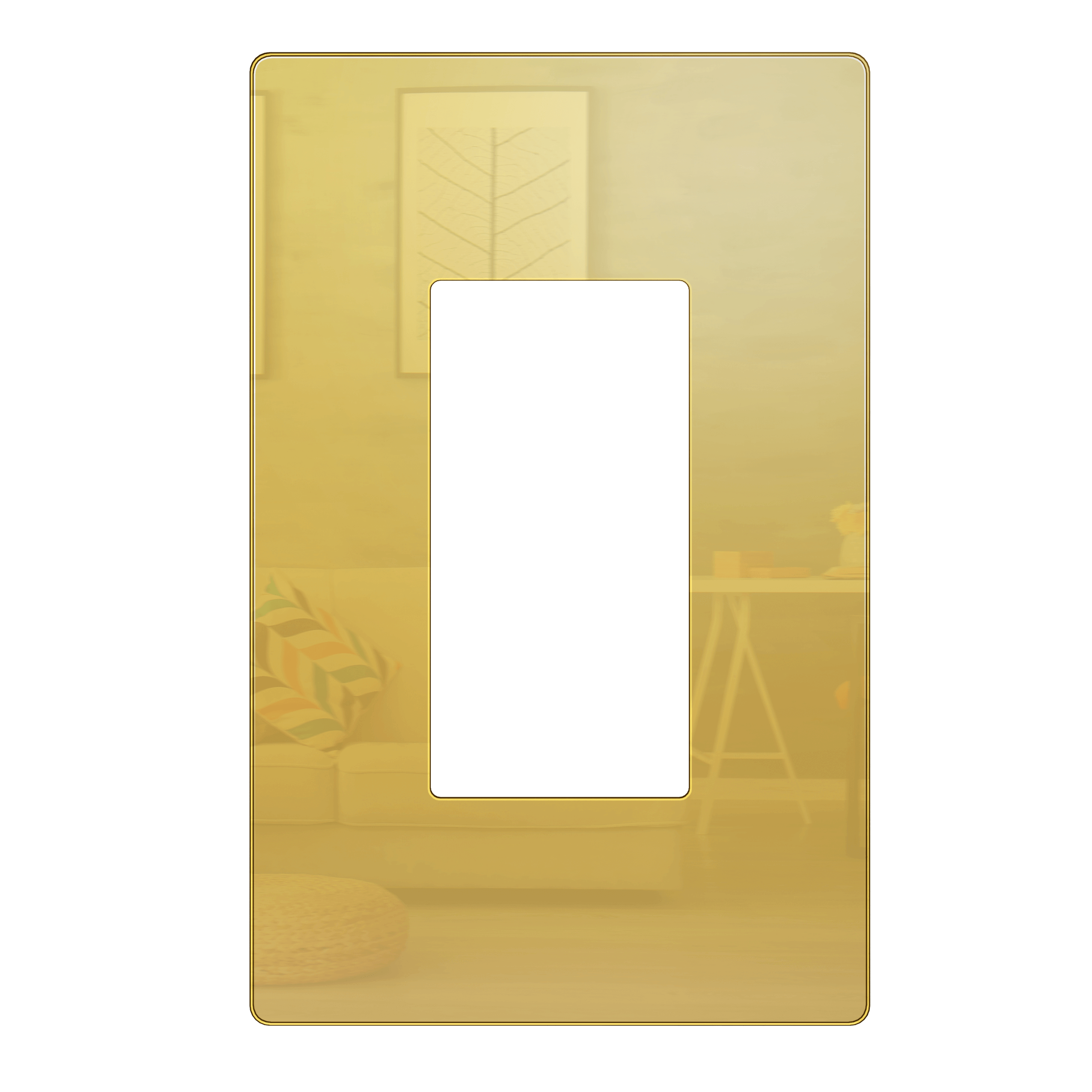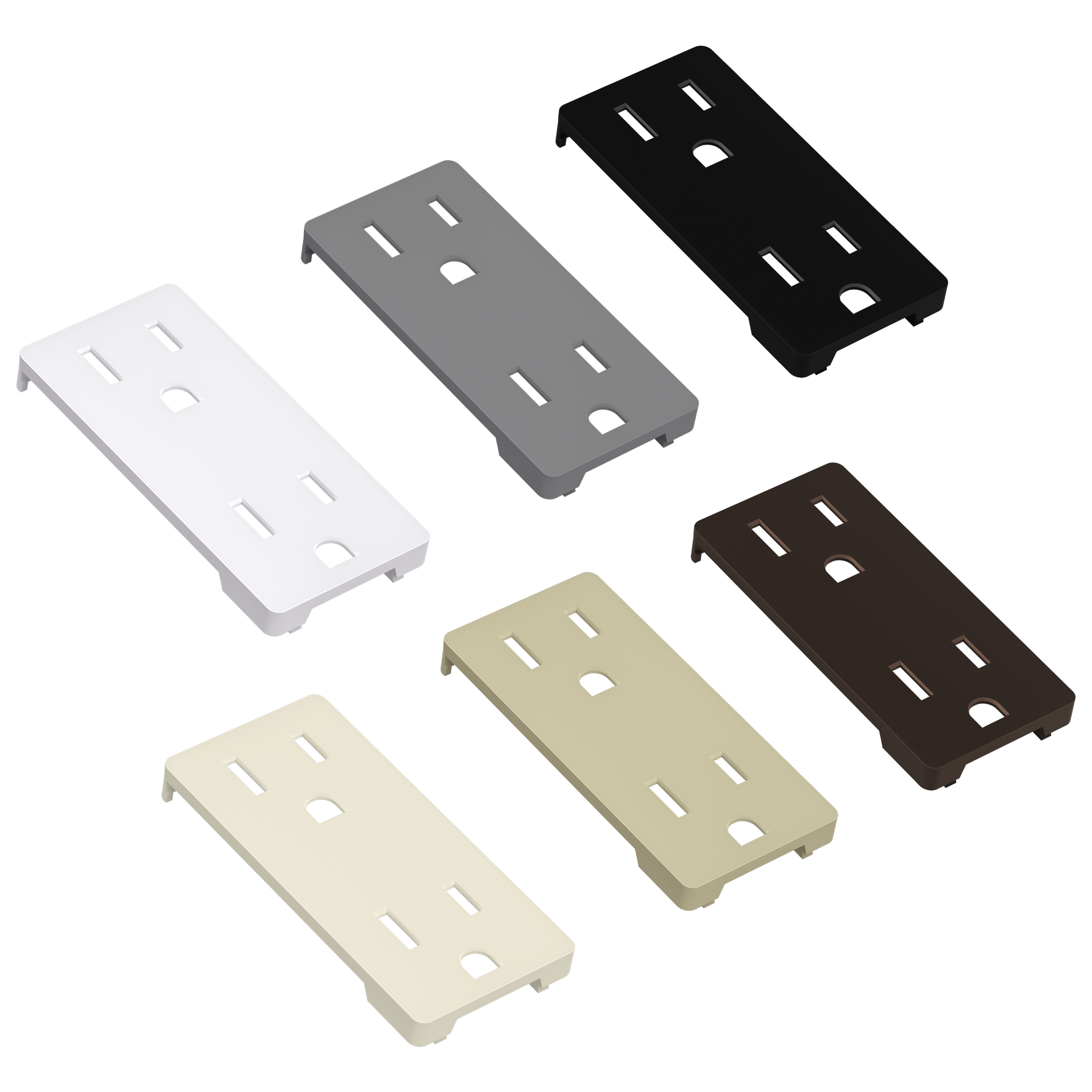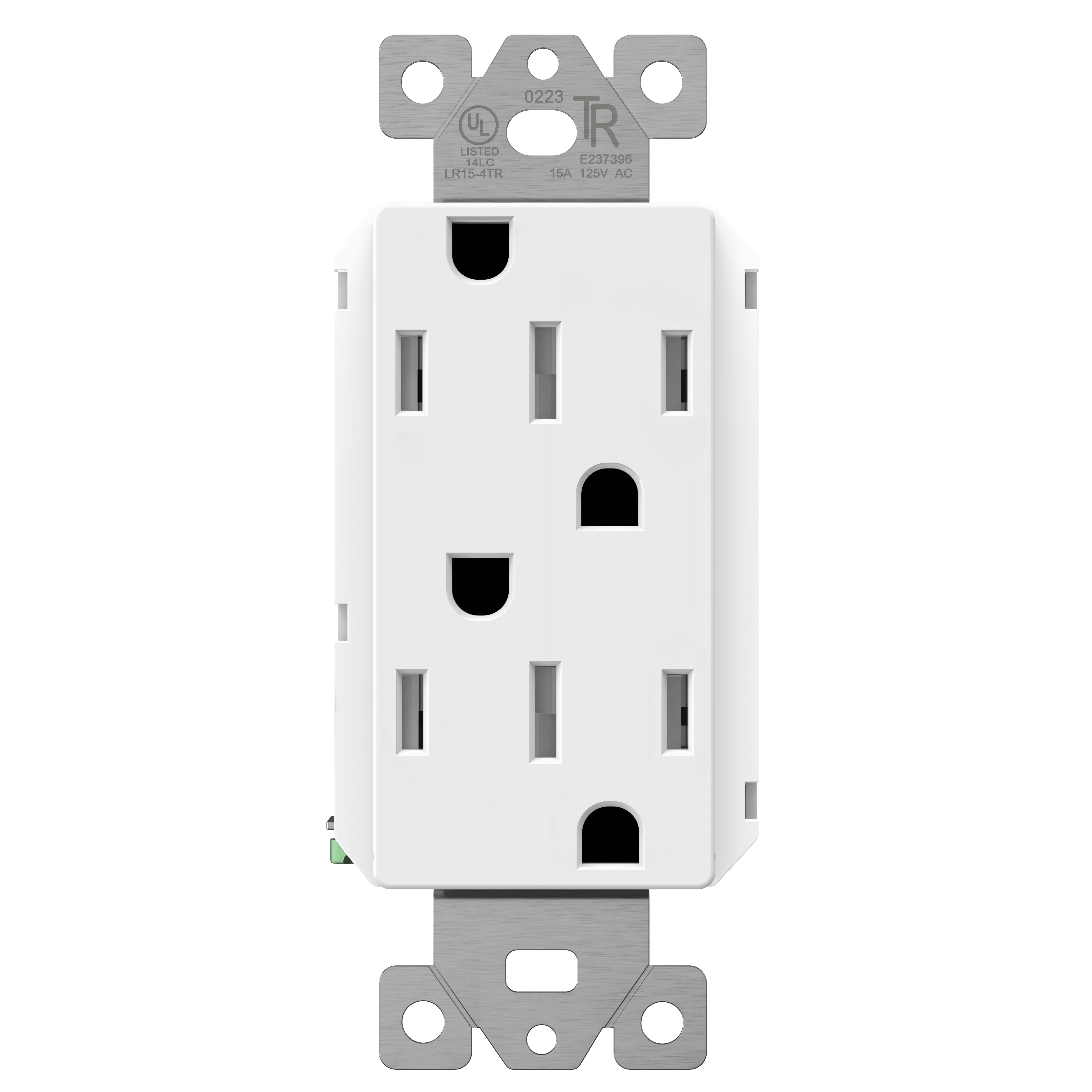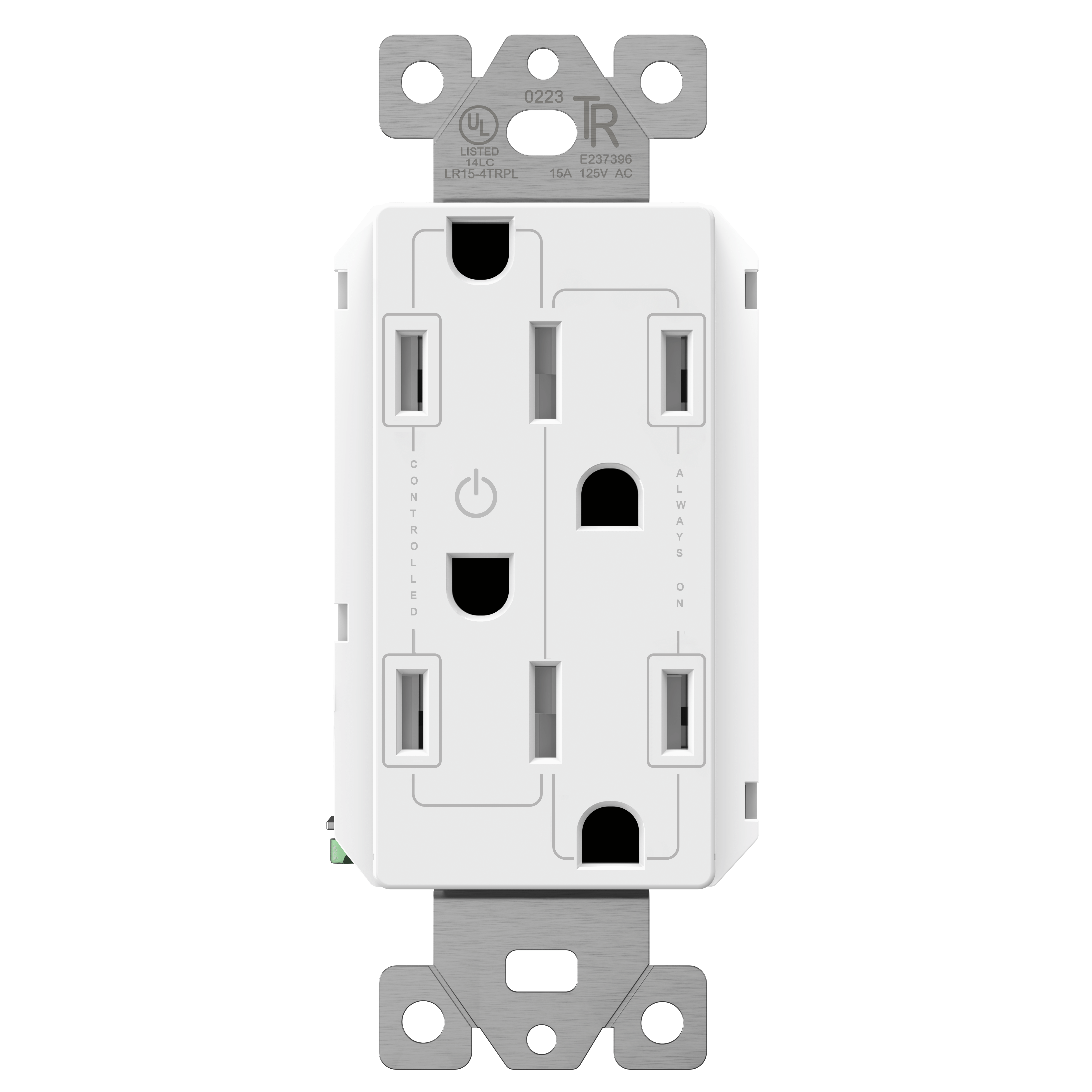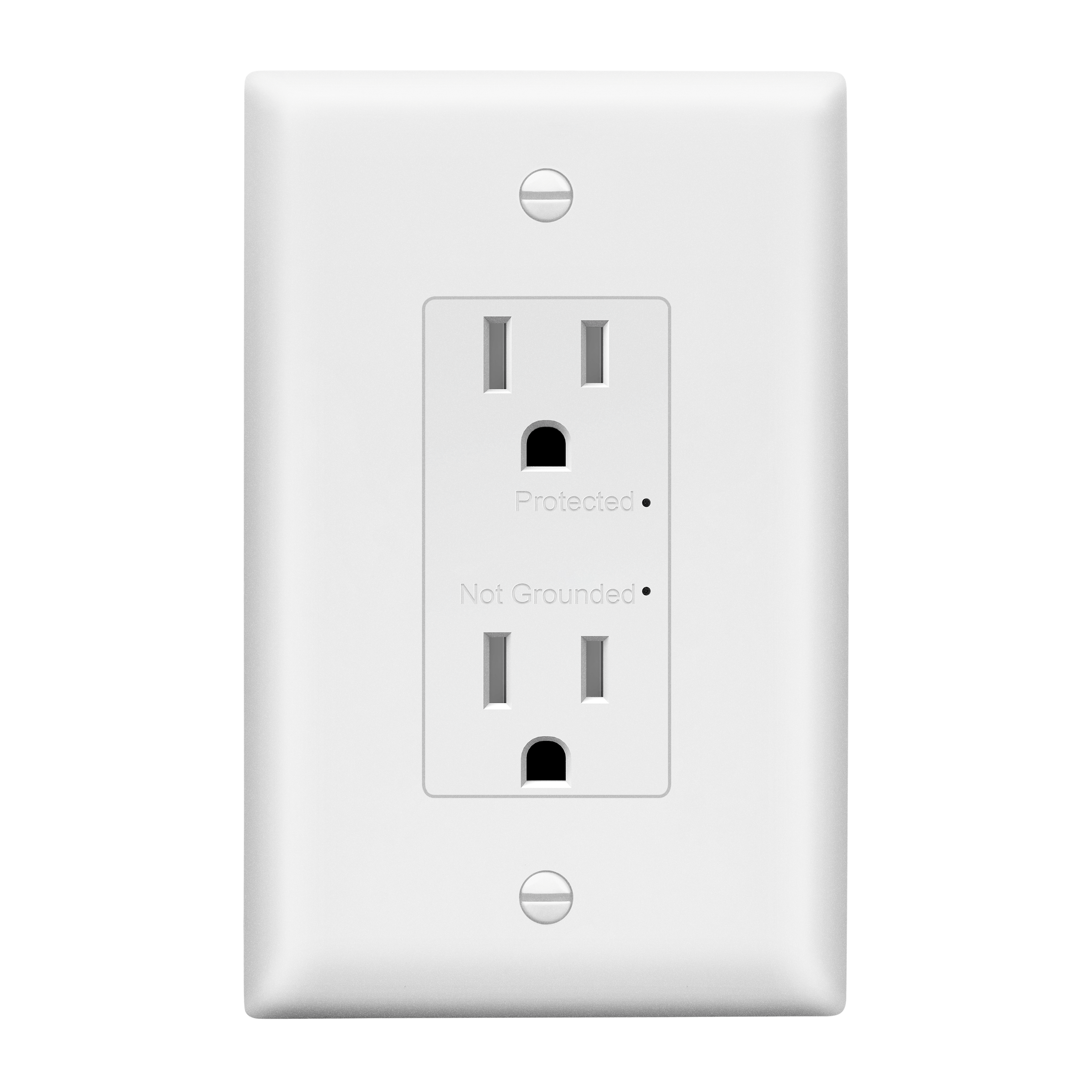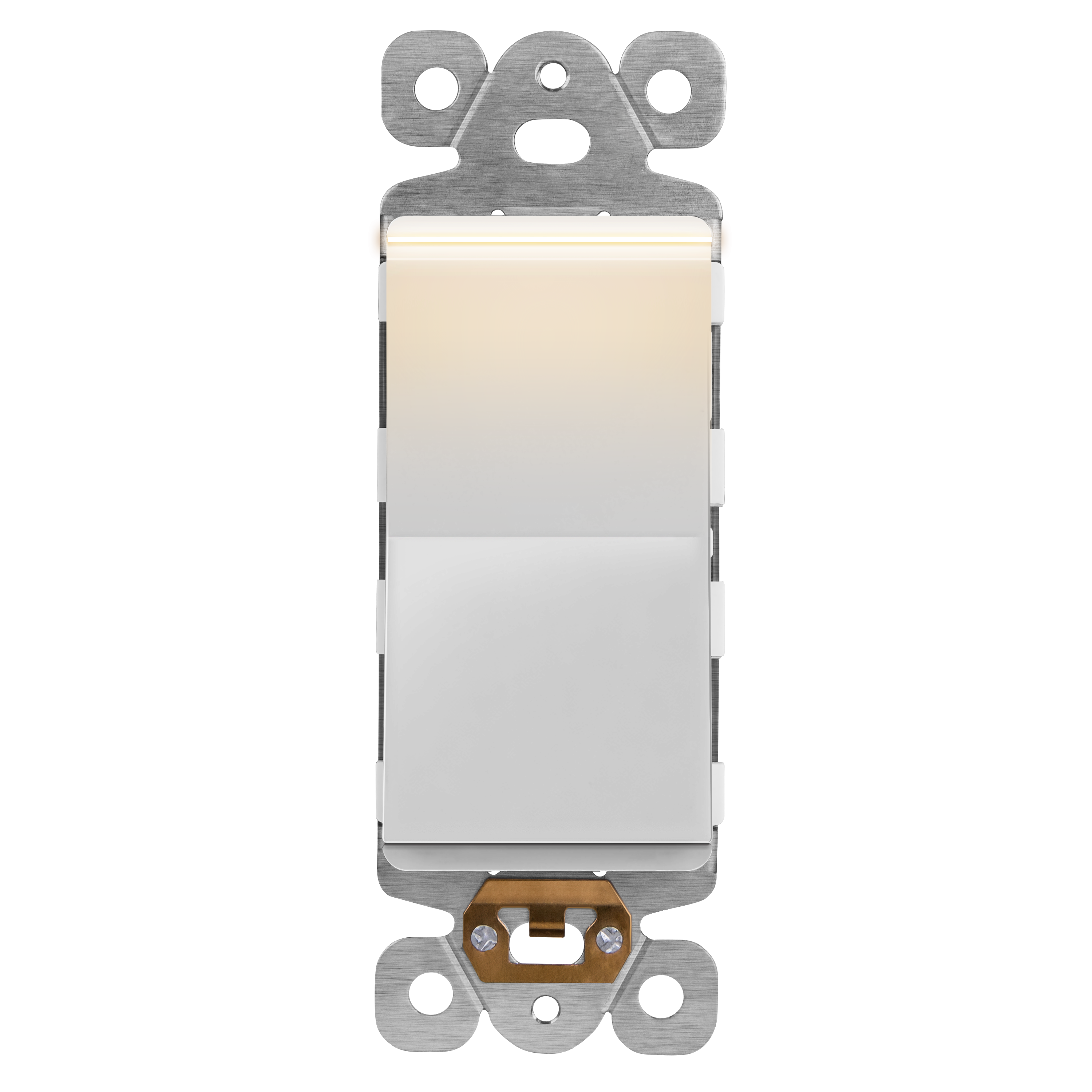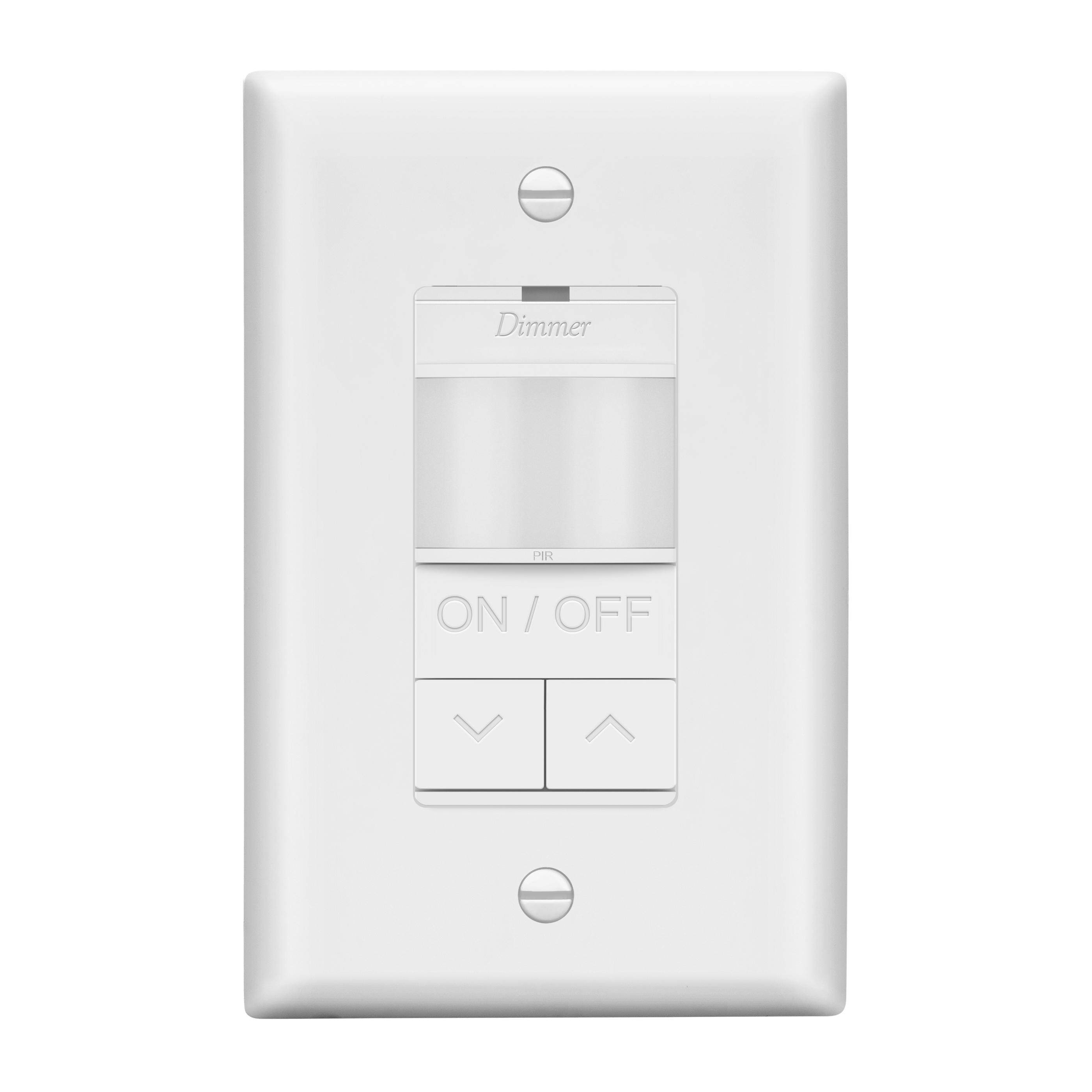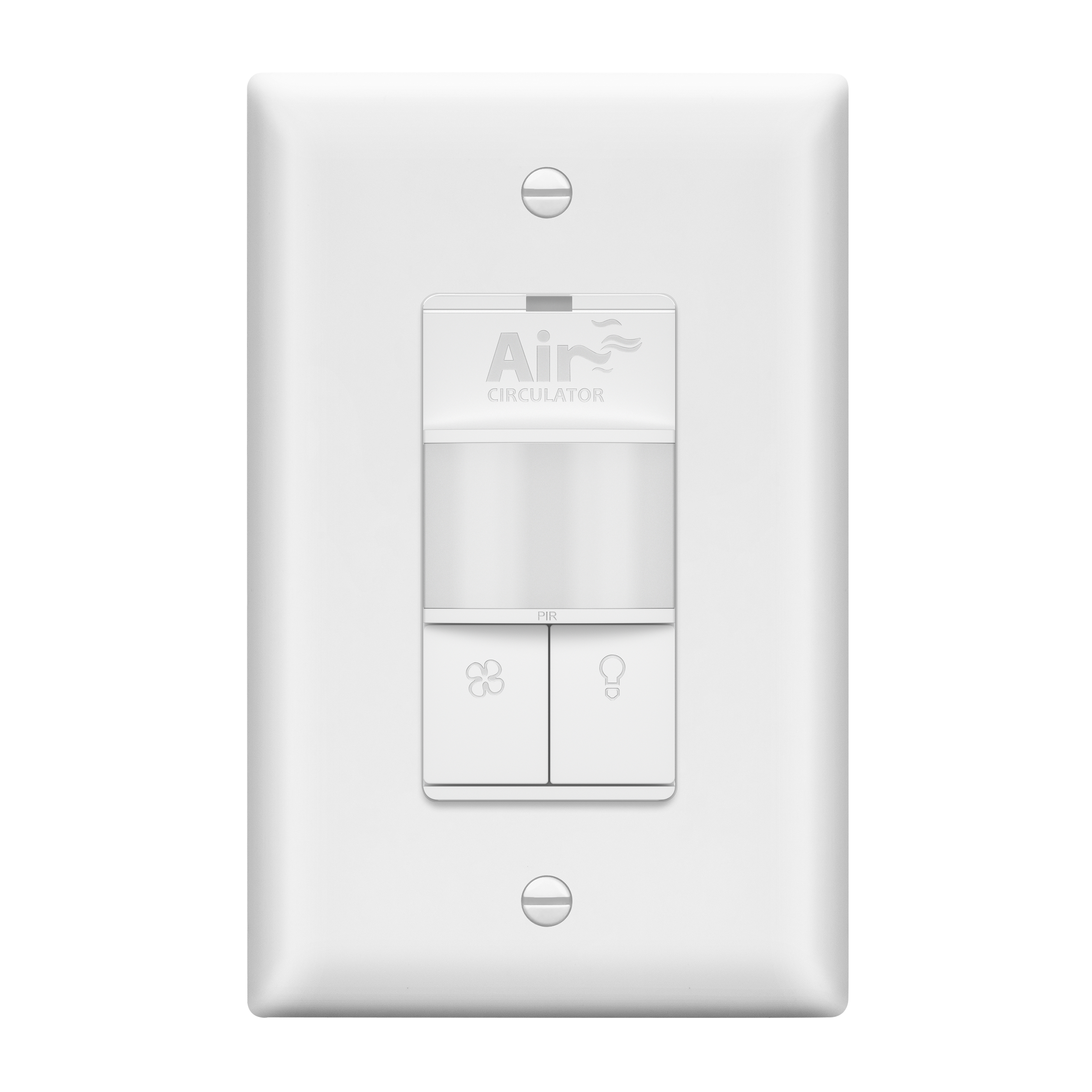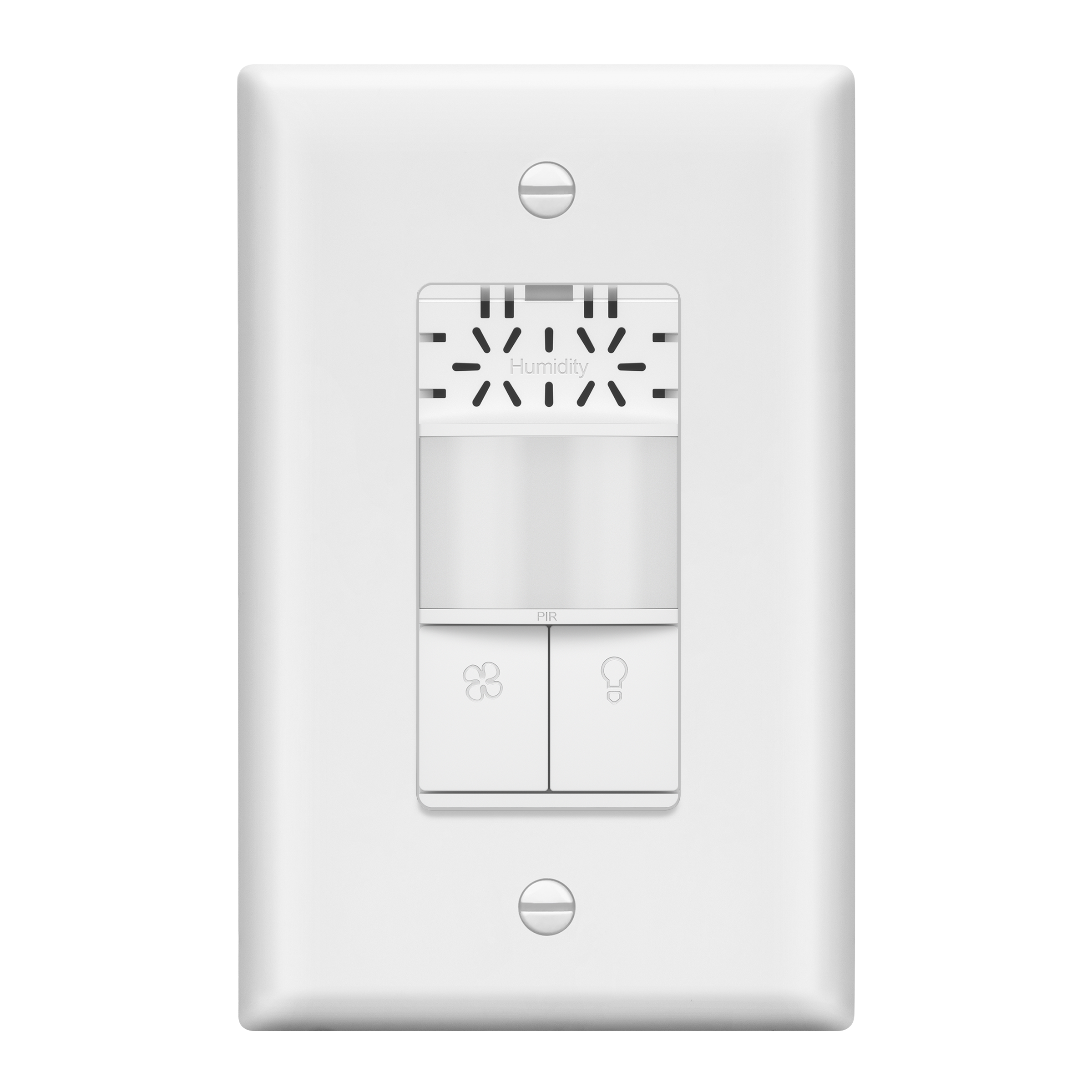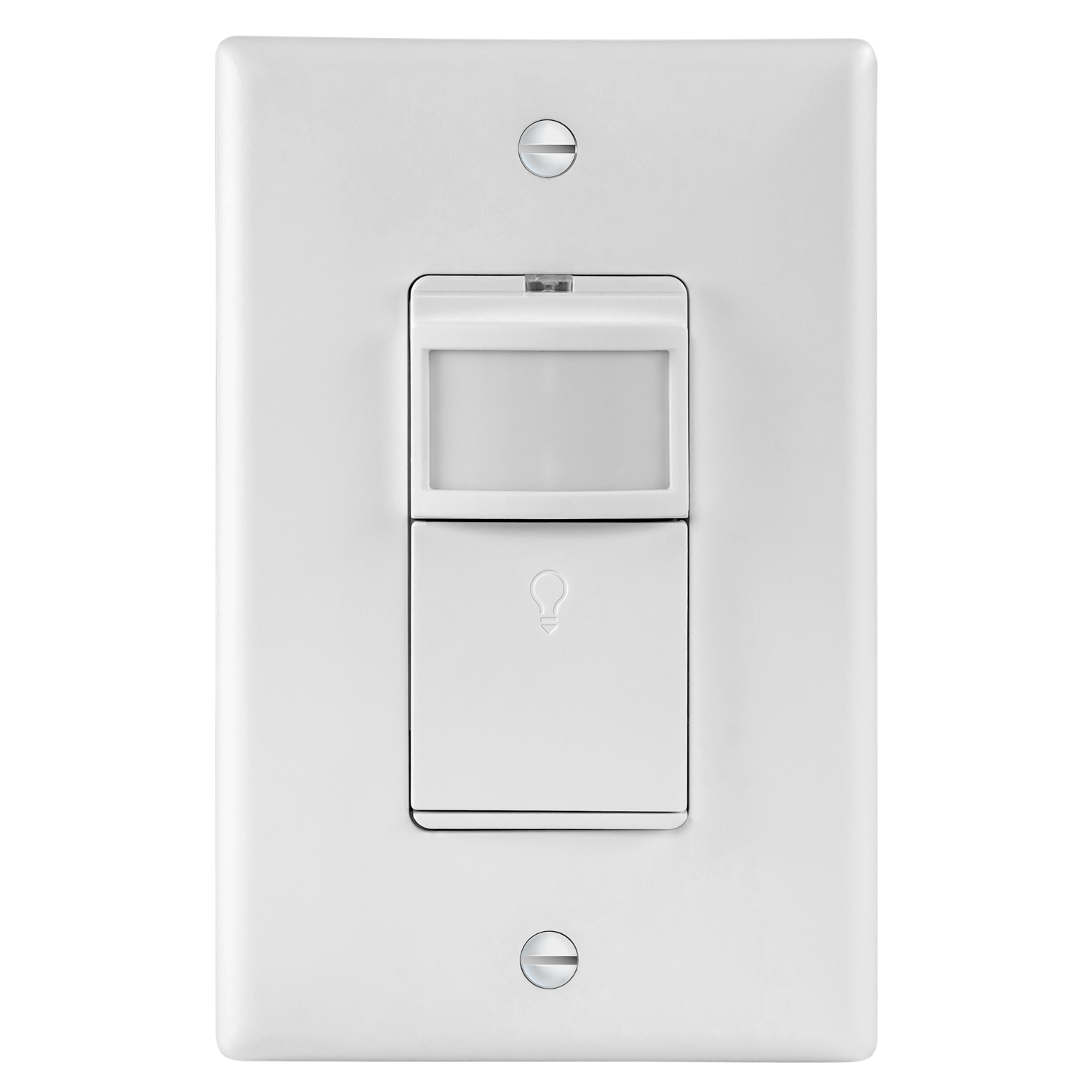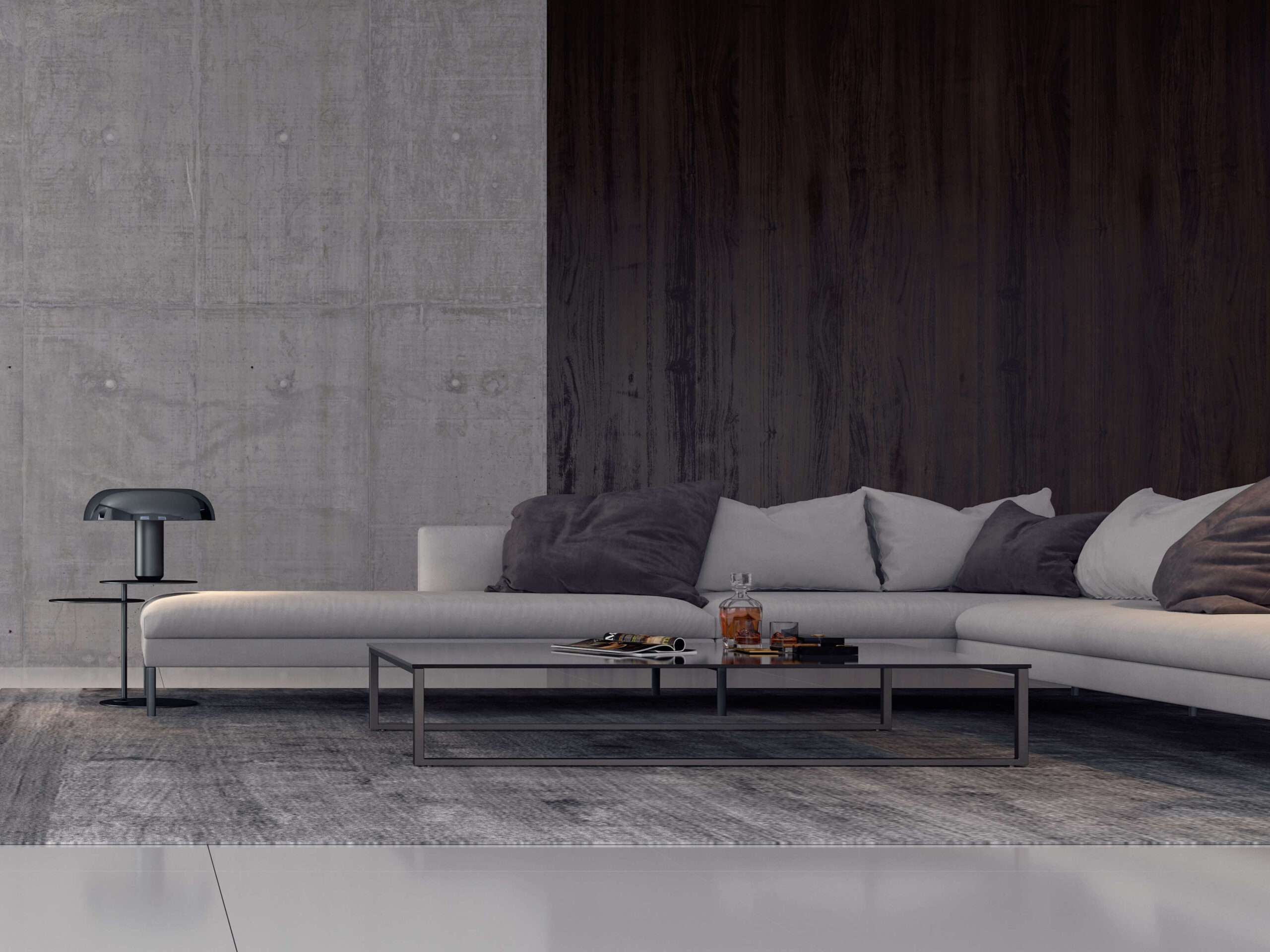 Discover the dynamic interplay between contemporary art and interior design in this blog. From the avant-garde movements of the 20th century to the innovative styles shaping today’s creative landscape, delve into the evolving relationship between artistic expression and functional aesthetics.
Discover the dynamic interplay between contemporary art and interior design in this blog. From the avant-garde movements of the 20th century to the innovative styles shaping today’s creative landscape, delve into the evolving relationship between artistic expression and functional aesthetics.
Origin
Contemporary art styles emerged through a confluence of historical, cultural, and technological shifts. In the late 19th and early 20th centuries, movements like Impressionism, Cubism, Surrealism, and Abstract Expressionism challenged traditional artistic conventions. These movements often sought to break free from representational norms, emphasizing subjective experiences, abstraction, and experimentation. With the advent of new materials, technologies, and global interconnectedness in the post-war era, artists continued to push boundaries, leading to the emergence of diverse styles such as Pop Art, Minimalism, Conceptual Art, and Postmodernism. These movements reflected changing societal values, political climates, and the complexities of modern life.
Contemporary interior design has been deeply influenced by these diverse art styles. Just as artists rejected rigid conventions, designers began to explore new forms, materials, and approaches. The clean lines and minimalist aesthetic of mid-century modern design, for instance, parallel the simplicity and abstraction found in Minimalist art. Similarly, the bold colors and consumer culture critique of Pop Art have influenced graphic design and advertising.
Moreover, the emphasis on interactivity, participation, and conceptual thinking in contemporary art has permeated design practices, leading to immersive experiences, user-centered interfaces, and socially engaged design interventions. In other words, interior design is utilitarian and emphasizes functionality too.
Overall, the dynamic relationship between contemporary art and design continues to evolve, reflecting and shaping the cultural landscape of the 21st century.
Inspiration
Contemporary interior design echoes principles of minimalism and modern technology’s clean user interface. Similar to the open space on the canvas of contemporary artwork, contemporary design mimics this to provide a breathable and unrestricted setting.
The living room design featured below is a prime example of this. The sofas all face each other and are set in an open area, unrestricted by any extra walls. The design is clean and simple, yet there something is elegant and attractive about it. The windows are large to reinforce the contemporary emphasis on openness.
In this next modern interior design below, there is a similar setup. The stairs and furniture consist of clean lines that the eye follows, making the space appear more expansive and open.
Contemporary design often employs a restrained color palette, favoring neutral tones such as whites, and grays, and earthy hues like taupe and beige. These colors create a sense of calmness, sophistication, and spaciousness within a space, allowing for a visually uncluttered environment that promotes relaxation and focus.
Occasionally, accent colors such as deep blues, greens, vibrant reds, or even browns are introduced to add depth and interest, injecting a subtle sense of energy or personality without overwhelming the overall aesthetic. The resulting ambiance is one of understated elegance and modernity, inviting inhabitants to unwind and engage with their surroundings in a harmonious balance of form and function.
Complementary Products
Lider Electric offers a wide variety of fashionable lighting control and wiring devices to complement your space. Our silver, space gray, and white color options are the perfect addition to any contemporary design plans you might be dreaming up. Explore our expanding catalog now.



